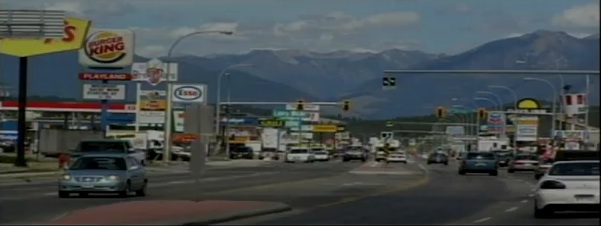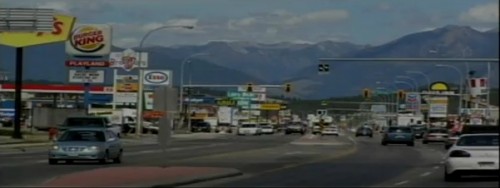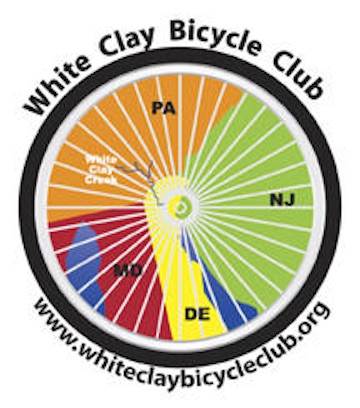DelDOT’s “Complete Streets” Policy is a “Routine Accommodation” Policy for Road Projects


When Governor Jack Markell signed Executive Order #6 on April 24, 2009, ordering the creation of a “Complete Streets” policy at DelDOT, many Delaware bicyclists were giddy. If the Delaware bicycling community were blessed with its own version of Martin Luther King Jr., he might have yelled out “Free at last! Free at last! Thank God Almighty, we are free at last!”
When the actual DelDOT policy was approved in December of 2009, however, it became clear that jubilation was premature. The “new” policy simply stated that
“All projects in the state right-of-way that are considered road reconstruction, widens the pavement width, or allows for the inclusion of facilities for all users, shall consider all transportation modes and accommodate accordingly”
As representatives of DelDOT (to their credit) took pains to point out the new policy did not, in fact, represent a new commitment by DelDOT. An informal policy to consider nonmotorized users while undertaking road reconstruction projects had been in effect for years at DelDOT, just with a much less exciting name: “routine accommodation“. The written policy simply formalized an existing unwritten policy and gave it a more sexy name: “complete streets“.
But what about that “road reconstruction“? Couldn’t that mean traffic calming and road diets and all kinds of ambitious walking and bicycling friendly projects? Sure. But a project that was motivated from its inception by prioritizing walking and bicycling – even at the expense of car and truck level-of-service – would not be described as “accommodating” walking and bicycling. In fact, the reverse would be true. A project like that would actually face the opposite challenge: it would have to “accommodate” motorized traffic! So the “Complete Streets” policy actually adopted in December of 2009 addressed a problem that wasn’t important (the lack of a formal routine accommodation policy) while leaving untouched the critical issue (when are we going to get some bike/ped projects?!?).
Is Delaware’s “routine accommodation” policy for walking and bicycling on road projects better than nothing, though? Yes, it is. But the fundamental problem remains. Nearly all of DelDOT’s budget is completely focused on improving roads for car and truck travel. Individual projects are motivated by improving the safety and mobility of cars and trucks on roads. Accommodating pedestrians and bicyclists is an afterthought. And while a sidewalk and a bike lane / road shoulder might be included in a road reconstruction project that “widens [sic] the pavement width“, there is no requirement that the net result of any given road widening project be walking or bicycling friendly. Can an 8 lane arterial road ever be called “bicycle-friendly” (with a straight face)? Even if it has a bike lane?
Too much attention paid to routine accommodation (“Complete Streets”) obscures much bigger issues. It is far more important to start understanding the enormous difference between a street (a place where a lot of different things are happening and are important) and a road (where the most important thing is car and truck level-of-service and all other activities are subordinate). It is likewise far more important to start making dedicated, stand-alone and strategic investments in bicycling (and walking, for that matter). So – “Complete Streets” notwithstanding – we’ve still got our work cut out for us.
UPDATE (December 2011)
Although the confusion between streets and roads remains, 2011 marked a watershed year for the state as Governor Markell and the General Assembly made an unprecedented commitment to make direct investments in walking and bicycling:
THE DIFFERENCE BETWEEN ROADS AND STREETS
• Can a Stroad Ever Be a “Complete Street”?
• The Important Difference Between a Road and A Street
• Do Conversations Like This Still Happen in 2011?
• First, Do No Harm to Pedestrians and Bicyclists









One Response
Hello colleagues, its enormous paragraph about teachingand
entirely defined, keep it up all the time.